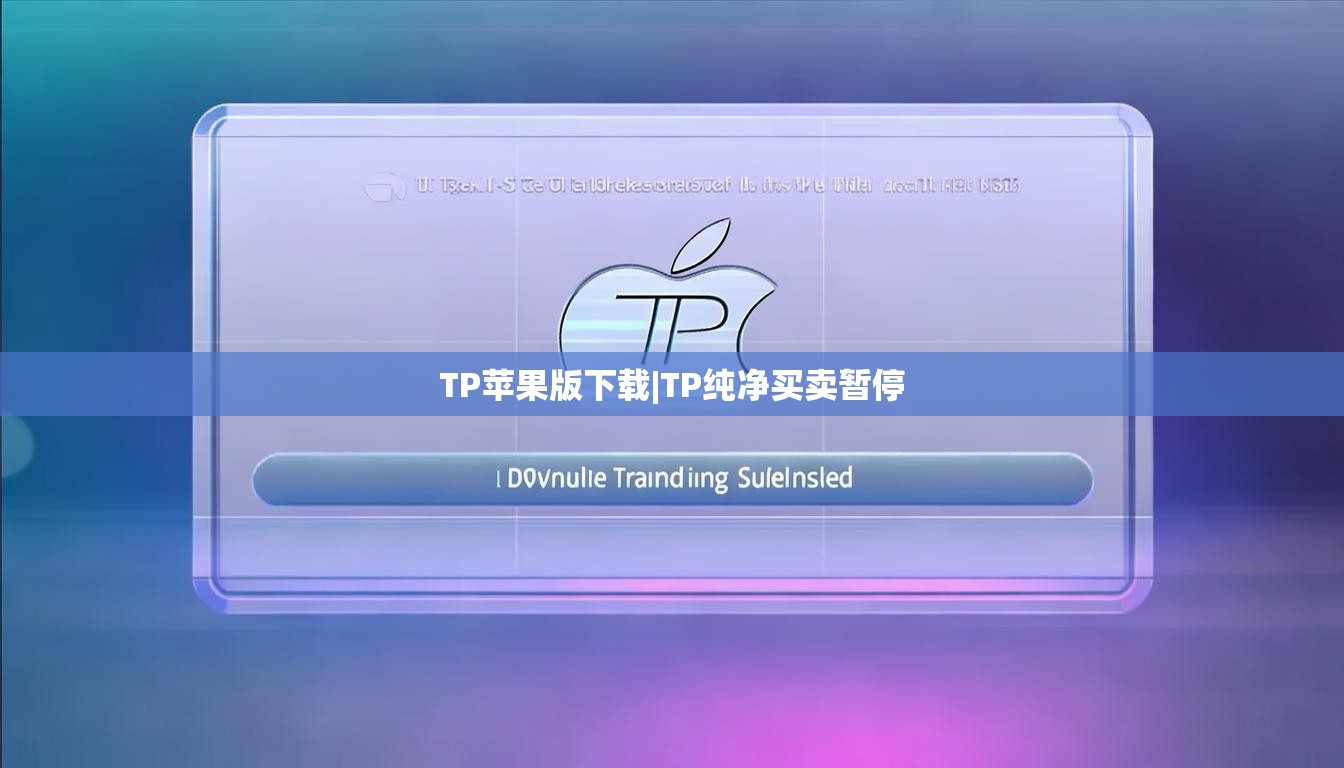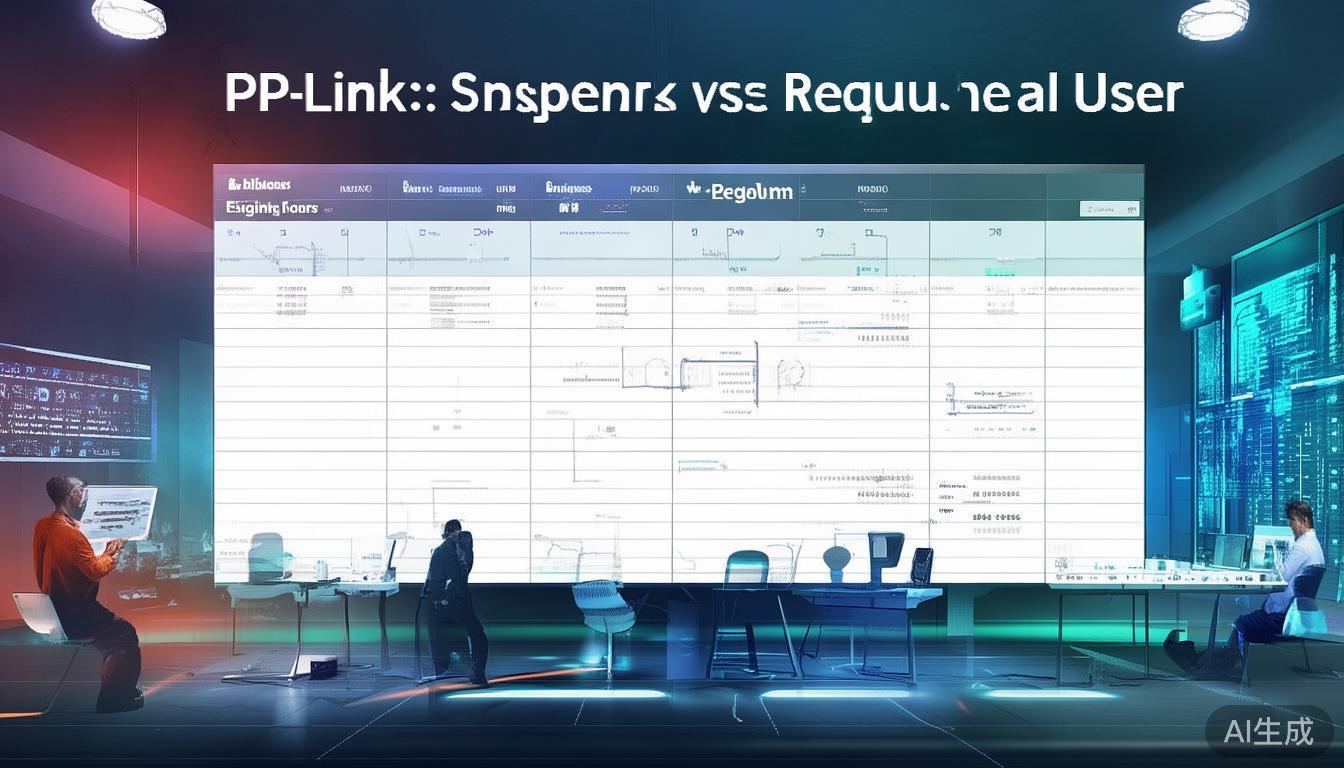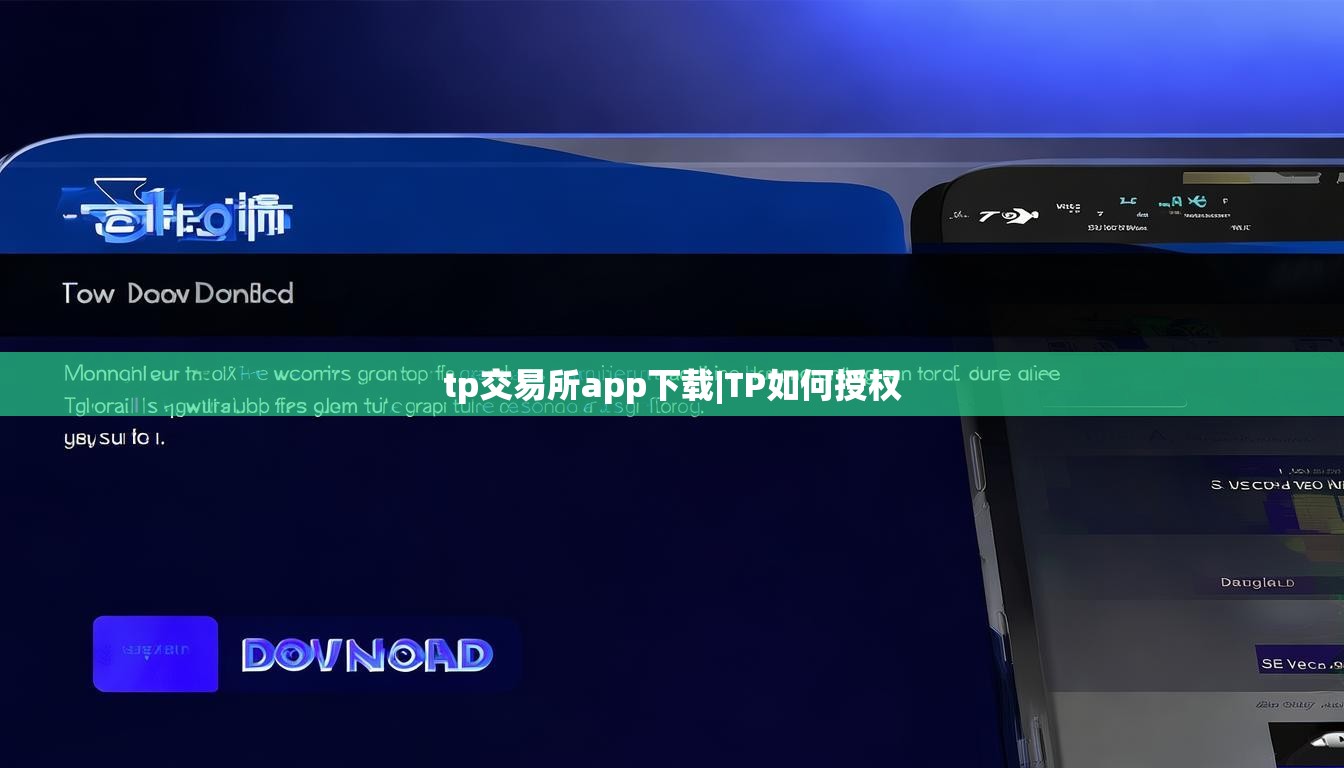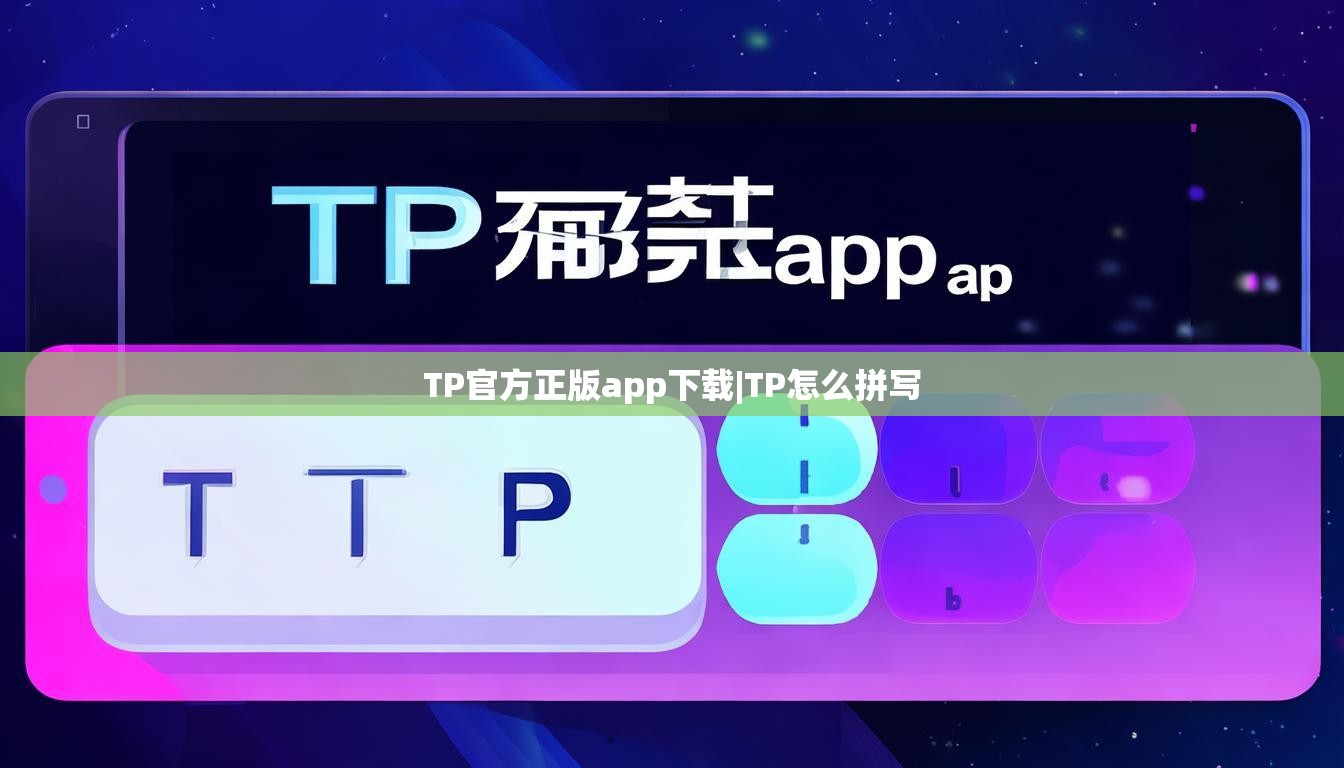TPwallet官网安装|TP英文
TP官方网站 2025年7月14日 07:43:11 TP最新版app下载 807
The Importance of TP in English Learning: A Practical Guide**
In the realm of English learning, many students focus on grammar rules, vocabulary memorization, and speaking practice. However, one crucial aspect often overlooked is TP (Time and Place) management—how and where you allocate your learning efforts. Effective TP usage can dramatically improve fluency, comprehension, and overall language acquisition.
Understanding TP in English Learning
TP stands for Time and Place, but in the context of English learning, it also represents Technique and Practice. Mastering English isn’t just about studying hard; it’s about studying smart. This means choosing the right time, the best environment, and the most effective techniques to maximize learning efFiciency.

Time: When to Study English for Best Results
Research shows that our brains absorb information more efficiently at certain times of the day. Some people learn best in the morning when their minds are fresh, while others retain information better in the evening.
- Morning Learners: If you’re an early riser, dedicate 20-30 minutes to English right after waking up. This could include listening to podcasts, reading news articles, or practicing pronunciation.
- Evening Learners: If you’re more alert at night, try reviewing vocabulary or watching English movies with subtitles.
- Spaced Repetition: Instead of cramming for hours, distribute learning into short, frequent sessions (e.g., 15-30 minutes daily) to reinforce memory.
Place: Creating the Ideal Learning Environment
Where you study can greatly affect retention. A noisy, distracting space makes it harder to focus, while a quiet, organized one enhances productivity.
- Home Study: Designate a clean, distraction-free zone for English practice.
- Public Spaces: Cafés or libraries can be great for immersion—listening to native speakers and practicing conversation.
- Digital Spaces: Utilize APPs like Duolingo, Quizlet, or YouTube channels for structured learning.
Technique: Effective Learning Strategies
TP isn’t just about when and where—it’s also about how you study.
- Active Learning: Merely reading textbooks isn’t enough. Engage in speaking (shadowing native speakers), writing (journaling), and listening (podcasts, movies).
- Contextual Learning: Learn words in phrases or sentences instead of isolated lists. For example, don’t just memorize "run"—learn "run a business," "run out of time," etc.
- Feedback Loop: Regularly test yourself or seek corrections from tutors/language partners.
Practice: Applying TP Principles Daily
Knowledge without application is wasted. To truly master English:
- Set SMART goals (Specific, Measurable, Achievable, Relevant, Time-bound).
- Use English in real-life scenariOS (ordering food, writing emails, joining discussions).
- Track progress with apps or journals to stay motivated.
Conclusion: Mastering TP for English Success
TP—Time, Place, Technique, and Practice—plays a vital role in language learning. By optimizing when and where you study, adopting smart techniques, and consistently applying what you learn, fluency becomes an achievable goal. Start today by scheduling study sessions, choosing the right environment, and engaging in active practice. Your English journey will become smoother, faster, and far more rewarding!
This article provides practical insights on how to use TP (Time and Place) effectively in English learning while emphasizing Technique and Practice—ensuring a balanced and efficient approach.
Would you like any modifications or additional sections? 😊





